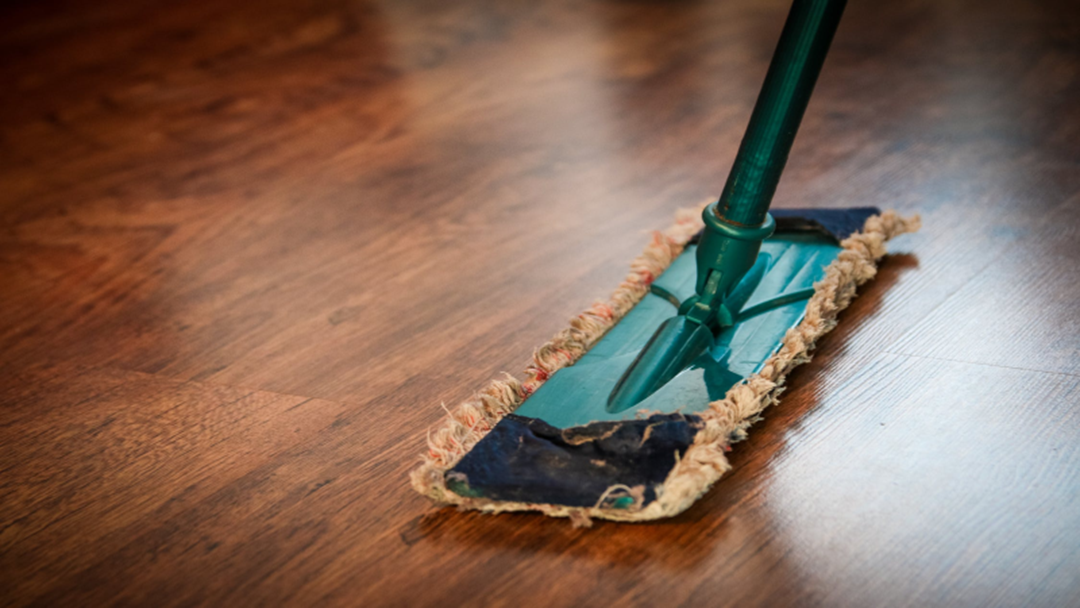BE GONE | Top Tips For Your Ridding Your Home Of Mould
Have a go at these!

Here we go, Townsville- flood recovery time.
A number of homes are still islands today, with flood waters slowly receding.
In the mean time sleeves are being rolled up and noses are being scrunched up at the STENCH of mould taking over North Queensland homes, cars, clothes and basically everywhere possible.
The green furry stuff has been found in nooks and crannies that we never imagined it would grow, so now we begin the journey of eliminating it from our homes (why can't we just text in and vote it out- Big Brother style?)
Many home remidies have been shared across social media pages, but if you have no idea where to start with the rid recovery, take note of the tips below.
- When returning to a flood-affected house or building, dry it out quickly by opening all the doors and windows. If possible, use fans to speed up the process. If the roof space was flooded, it also will need extra ventilation to speed up the drying process.
- Abrasively cleaning mould from a surface, such as with a dry brush, is not recommended as this could release spores into the air which may affect health and spread mould to other areas.
- Household cleaning agents or detergents can do an effective job if used correctly, as can white fermented vinegar cleaning solution. The use of bleach may not be effective in killing mould on porous surfaces. However, bleach will help to minimise other disease-causing organisms that may be present because of contaminated floodwaters. The mixing of cleaning agents is not recommended, for example, mixing bleach and ammonia can produce toxic fumes.
- Items that can be washed, such as stuffed toys and linen, should be washed as usual.
- Non-porous items such as glassware and some plastics can be washed in hot water with a bleach solution or with a good quality disinfectant and air dried. If using a dishwasher, clean and disinfect it first. Do the wash using a full cycle and hot water.
- Wearing good quality rubber gloves while sorting and cleaning mouldy items will protect the hands and nails from coming into contact with mould. You can protect your eyes by using safety goggles with closed-in sides. If your clean-up is big or if you have a pre-existing respiratory condition, try to obtain a P2 disposable respirator. Unlike conventional dust masks that only provide protection against large particles, these masks protect against
- Wear protective clothing that can be disposed of or easily washed.